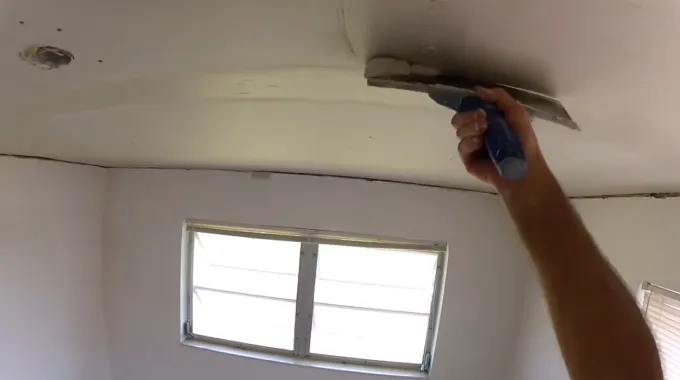Last Updated on March 13, 2023
Preserving drywall mud is essential, not only for its appearance but also for its health. Constant moisture in the mud can lead to an unwelcome resident mold. Left unchecked, this pesky intruder ruins your mud and dries it out.
Taking steps right away to protect this invaluable asset will go a long way toward preventing both eyesores and hazards down the road.
Protect your drywall mud and keep the integrity intact with a simple bleach/water mixture. Not only will this prevent any unwanted fungi or mold growth, but it also creates an environment that keeps moisture far away. So you can rest easy knowing those pesky fungi won’t be damaging what’s yours.
Let’s explore the mysteries of keeping drywall mud safe and give you some tips to keep it there.
How to Keep Drywall Mud From Molding: 3 Steps
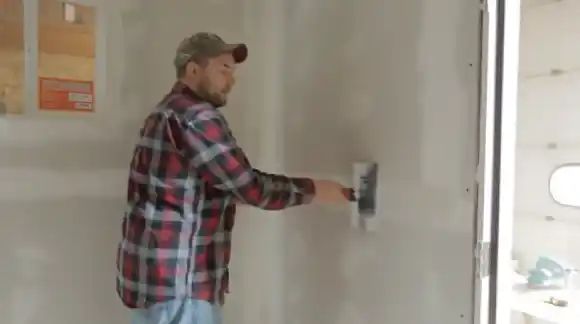
Don’t let your drywall mud go to waste. Taking the right storage steps can protect it from getting spoiled, giving you more bang for your buck.
Here are 3 steps to keep your drywall mud from molding:
Step 1: Use Plastic for Storage Coverage
When drywall mud is being stored, keep it away from moisture since moisture is the leading cause of mold growth. To prevent moisture from getting inside the bucket, seal it with some plastic wrap.
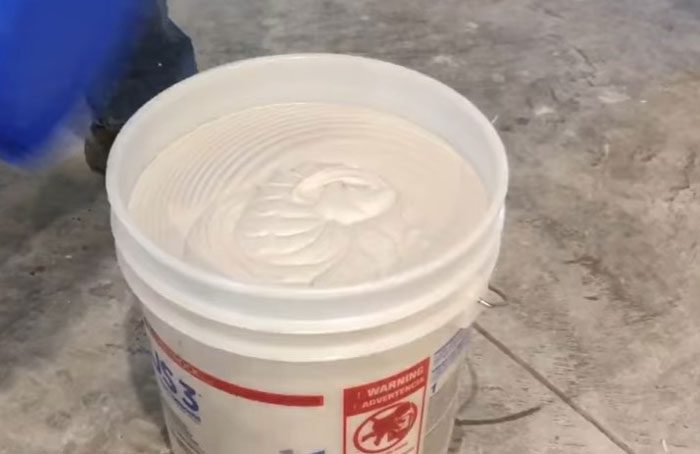
Start by tapping the compound to remove any excess air before covering the bucket with plastic wrap. Afterward, secure the plastic wrap over the compound and ensure it’s tight and secure. If you want to ensure no water gets through the wrap, you can use rubber bands to secure it.
Step 2. Create a Bleach Mixture
Also, besides using plastic for storage coverage, creating a bleach mixture can help keep your drywall mud free of mold growth. To do this, mix one gallon of water with one tablespoon of bleach and soak a rag in this solution.
Once the rag has been soaked, place it in the bucket over the plastic wrap or directly place the liquid over the spackling compound. It will help keep the contents clean and free from any unwanted bacteria or fungi that could cause black mold growth over time.
It is essential not to create any pools of water in the container and to wring out the rag thoroughly. Doing this can prevent future problems.
Step 3: Secure With A Trash Bag
After everything is sealed up nicely and tight, don’t forget to wrap one final layer of protection around the rim, a trash bag. That will help keep your drywall mud fresh until you’re ready to use it again.
This ensures an extra layer of protection against moisture seeping into your buckets over time, which could lead to mold growth on your compounds if left unchecked for too long. As you place the bags on each bucket’s lid or rim, seal them tightly using either a mallet or tape, depending on your preference.
Which Factors Cause Mold to Grow on Drywall Mud?
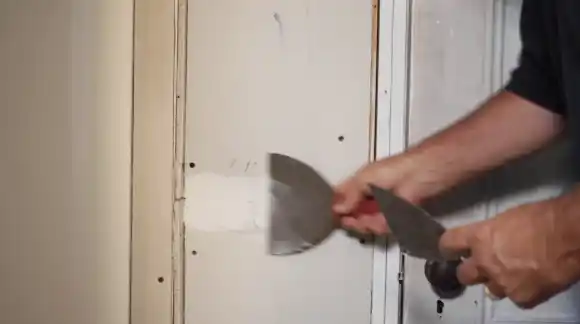
Mold is a common problem that can occur on drywall mud due to environmental factors, materials, and ventilation. The following factors can contribute to mold growth on drywall mud:
High Humidity Levels
When it’s too humid in a house or building, mold can grow on drywall. This is because moisture accumulation in the air encourages the growth of airborne spores, which, when attached to wet mud surfaces, can form colonies of visible mold.
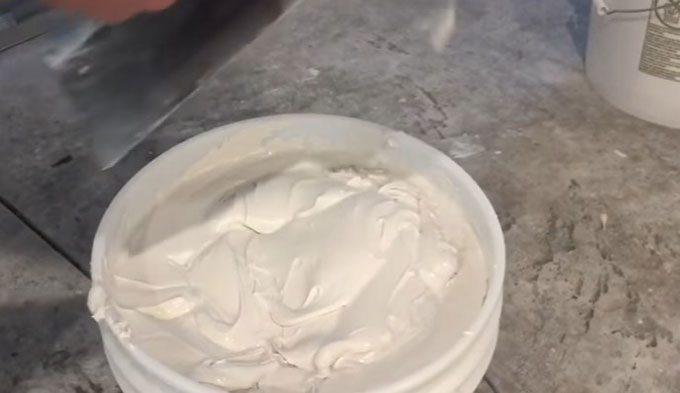
Sunlight Exposure
By providing additional warmth to the drywall mud, sunlight exposure can also encourage mold growth. This warmth encourages microbial activity, which speeds up the process of colonization and growth on moist surfaces.
Improper Ventilation
Mold and fungi can also grow on drywall mud due to poor ventilation. Without proper airflow, moist air stagnates and builds up within a space leading to greater moisture accumulation. Which creates an ideal environment for fungal activity and colonization.
Inadequate Heating/Cooling Systems
An inadequate heating or cooling system can also facilitate mold growth on drywall mud. Heating and cooling systems regulate the temperature within a space. Underperforming systems allow temperatures to rise to levels at which microbial activity increases, increasing mold growth risks.
Age of Drywall Mud
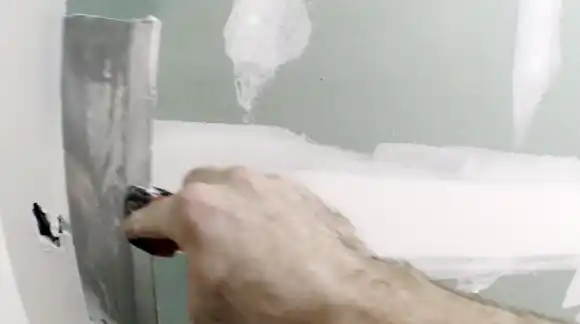
Drywall mud that is too old can also cause mold growth. Older Drywall Mud tends to absorb more water than newer versions due to its ability to retain moisture better over time, creating an ideal environment for fungus growth and colonization. Keeping it for several years without use will make it more susceptible to mold growth.
Contaminated Materials
Mold can also be formed on drywall mud due to contaminated materials used during construction. Typically, these contaminants are sourced from outside sources such as soil or water. When these materials come into contact with wet mud surfaces, they can act as a breeding ground for microbial activity.
Keeping Drywall Mud from Molding During Presurvey
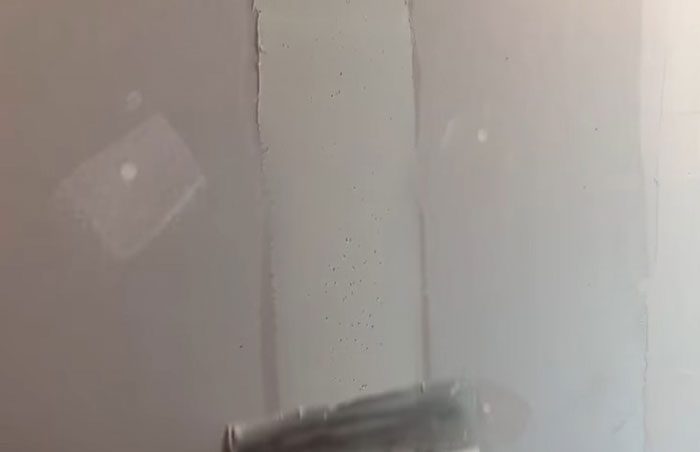
Preventing drywall mud from molding is important in proper construction and remodeling. The following tips will help you prevent mold growth:
- Keep an eye on humidity levels and adjust as needed
- Maintain moderate room temperatures in all seasons
- Increase insulation to reduce vulnerability to temperature variations
- Use proper materials when working with drywall mud
- Store drywall mud in a well-ventilated area
- Secure compounds with trash bags when not in use
- Cover exposed compounds to keep out additional moisture
- Utilize appropriate techniques when keeping drywall mud
What’s the Most Effective Way to Keep Drywall Mud Fresh and Mold Free?
For your drywall mud to remain fresh and mold-free, it is essential to follow certain storage guidelines. First, ensure the container is tightly sealed to prevent the joint compound from drying out or coming into contact with air. Also, when storing, make sure to level the surface of the spackle joint compound and add about 1/2 inch of clean water to create a seal on top.
This will help keep the mud moist for longer periods of time and limit any evaporation that could occur. Also, you should store your drywall mud in a cool and dry place away from direct sunlight or heat sources since these can cause rapid drying out of the joint compound.
As well, keep track of how long your joint compound has been stored so you can throw it out once it has exceeded its shelf life and shown mold or fungus growth. Doing this will help your drywall mud stay fresh and ready for use as soon as you need it.
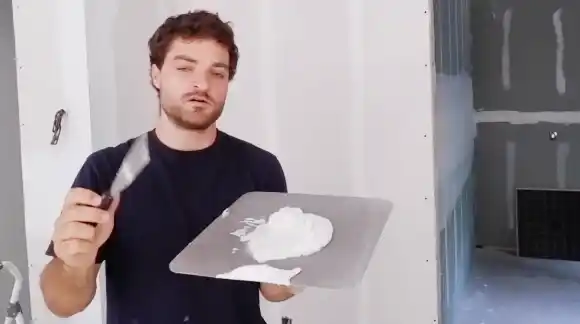
How Long Does It Take for Mold To Grow In Drywall Mud?
Mold growth in drywall mud is complex, as it depends mainly on environmental factors like temperature and humidity. If conditions are just right, you can expect to wait three or four months before seeing any signs of mold.
But if your environment falls outside the ideal for these critters, then you might have an even longer wait ahead. Aside from that, if you follow the above-mentioned steps to prevent mold growth, the fungi can take much longer to colonize and grow on drywall mud.
Does Vinegar Remove Mold From Drywall Mud?
Vinegar has a high acetic acid content that effectively kills mold spores. You can use this method if the above steps for preventing mold formation on drywall mud have failed or if you don’t have the time to execute them. By using vinegar, you can quickly and effectively remove any mold present on drywall mud.
When using vinegar to clean preserved drywall mud, make sure to pour the vinegar directly into the container with the moldy compound. Allow the vinegar to sit on the surface of the spackling compound for a few minutes before wiping it off. This will give the vinegar enough time to break down the mold and kill any remaining spores.
Is It Necessary to Replace Moldy Drywall Mud?
Moldy drywall mud should be replaced if all precautions have been taken, but significant mold growth remains. Even if the container was sealed correctly and stored in a clean, dry place, that isn’t enough to protect the drywall mud from developing mold and other contaminants.
Moisture can still enter the container, allowing mold spores to take hold and begin to grow. While some drywall mud may be able to withstand significant amounts of moisture before becoming moldy, it is not dependable and should not be used for any purpose.
Mastering Mold-Proof Drywall: Strategies For Success
Working with moldy drywall mud may seem intimidating, but taking the right precautions can ensure a successful project. If you follow the above steps to prevent mold growth and contamination, you’ll be glad you did.
But no matter the amount of effort put into preventing it, there’s always a chance for mold to appear on drywall mud. If that happens, replacing the affected compound with new stuff is recommended. But don’t worry, as long as you follow those tips above, your drywall mud should remain mold-free in the future.
